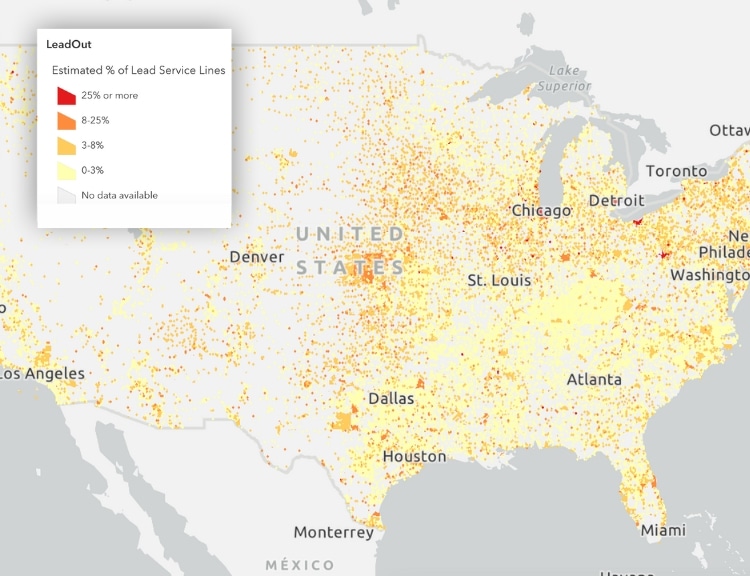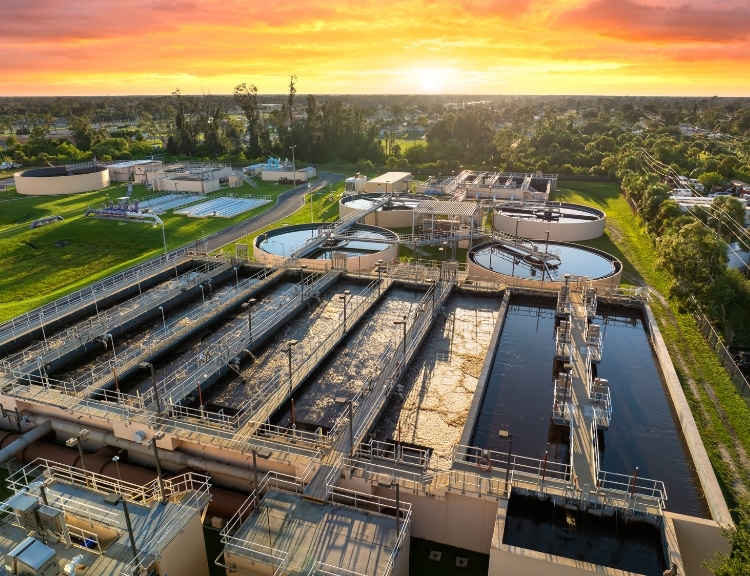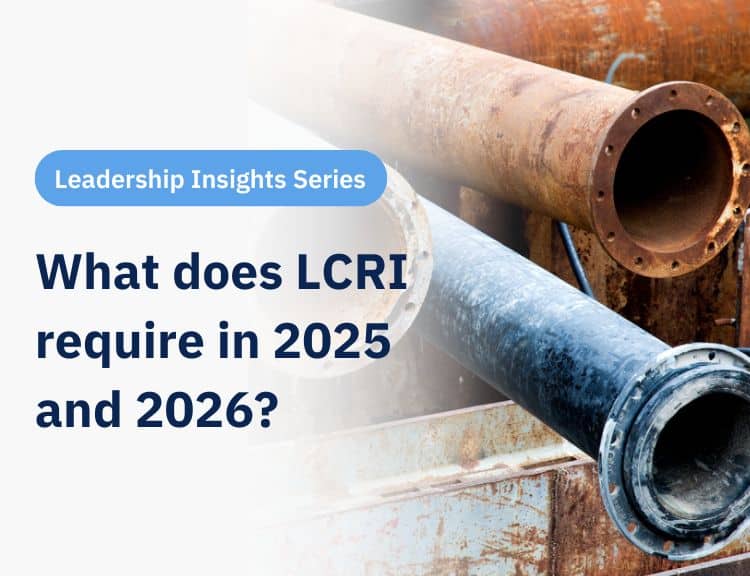BlueConduit recently launched LeadOut Map, the first and only educational tool that provides the most complete picture of lead in drinking water, including predictions of where lead pipes may lie. With the launch of LeadOut, we’re taking a moment to reflect on BlueConduit’s history – how a group of data scientists became experts at, and leaders in, the use of AI and predictive analytics for water system decision making and planning.
With the Lead and Copper Rule Improvements released today and the October 16 EPA deadline for Service Line Inventories just weeks away, we wanted to take a moment to talk about why LeadOut Map matters now.
October 16 is just the beginning
The EPA’s service line inventory deadline on October 16, 2024 is the beginning, not the end of the work to replace lead service lines. While the inventories will provide the most accurate picture to-date of the volume and location of lead service lines in the United States, many unknowns remain in these inventories and most water systems have not begun the hard work of lead service line replacement.
Inventory data will take a long time to become public, and it is incomplete
The EPA has stated that inventory data will likely be released in Spring 2025, with no updated data release expected in Oct 2024 or the intervening months. Additionally, even when this information is released, it will be incomplete. It is anticipated that more than 75% of US water systems will have service line inventories with materials classified as “unknown” in their inventory. For a sense of what to expect from this data, take a look at the NRDC’s recently released map, which shows the EPA’s most recent, and still incomplete, data on lead pipe volume and location across the country.
With LeadOut Map, water systems and community members now have an easy-to-use tool that enhances the most up-to-date EPA data with BlueConduit predictions to provide a more complete picture of lead service line volume and locations across the country.
Water systems are now required to replace lead lines, and unknowns are treated as presumed lead
Until now, water systems were under no obligation to replace their lead service lines. The previous LCRR guidance required, among other things, a service line inventory to understand the volume and location of lead service lines but had no requirement for replacement. With new LCRI rules, the EPA is putting a deadline on service line material classification as well as replacement. As long as a service line’s material remains classified as unknown, the water system must assume the line is lead and comply with added relevant communication and public health requirements.
Supporting water systems with a tool to understand their lead burden today, in advance of their internal work to accurately identify service and materials and replace lead service lines, empowers water systems to get ahead on compliance requirements and planning for replacements.
Adequate funding amounts and allocation require accurate, complete data
Replacing lead lines is expensive, and having a clear understanding of the volume of lead service lines in every water system is critical to ensure adequate funding and is allocated and used efficiently for these projects. The LCRI provides a long 7-10 timeline for unknown management. If we wait for these classifications to be complete, it will be impossible to successfully replace lead service lines within President Biden’s stated goal of 10 years. Accurate data available now, powered by BlueConduit’s predictions, drives efficient planning and execution of lead service line replacements.
Transparency is key for lead service line replacement projects
As a resident, it can be scary to know that you have or might have a lead service line bringing the water into your home. And worse, it might take years for your service line material to be confirmed as lead or not lead, let alone replaced (if it is lead). By providing a public tool to help water systems and community members understand their likely lead burden, BlueConduit is helping water systems get ahead of potential issues and build community trust and transparency in the replacement process.
Interested in learning more about how BlueConduit supports lead line identification and replacement planning? Schedule a consultation with our experts today.





